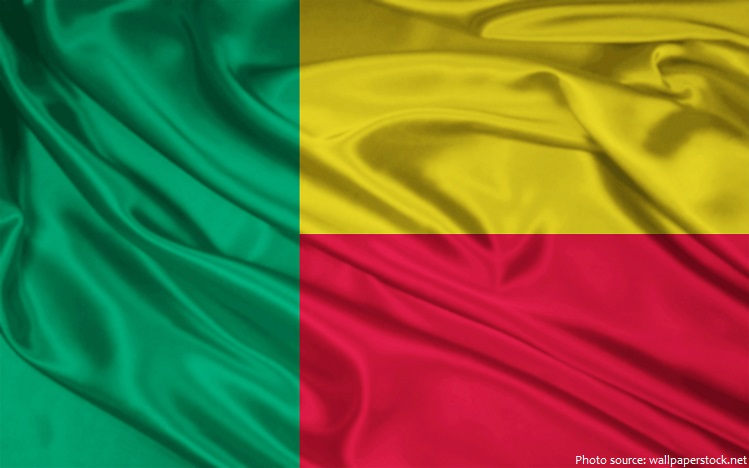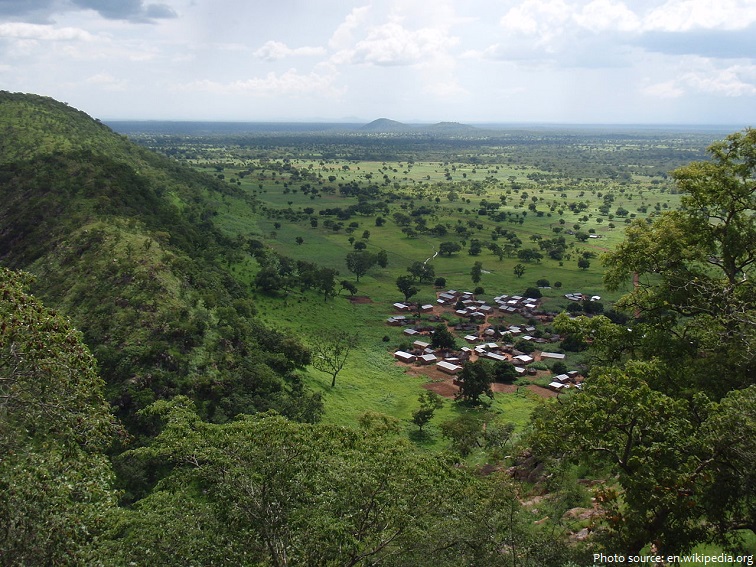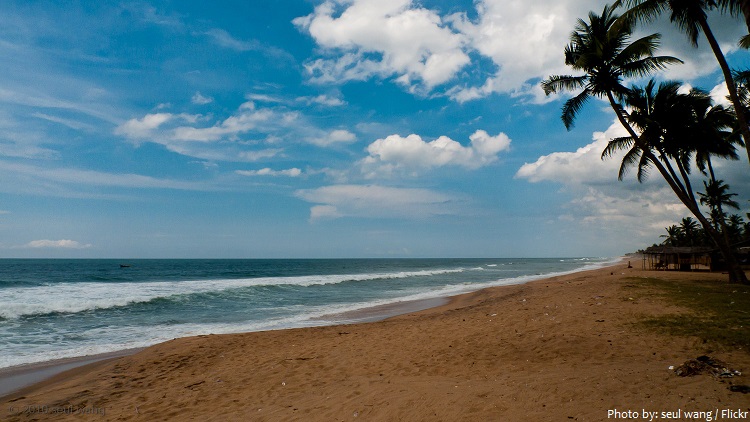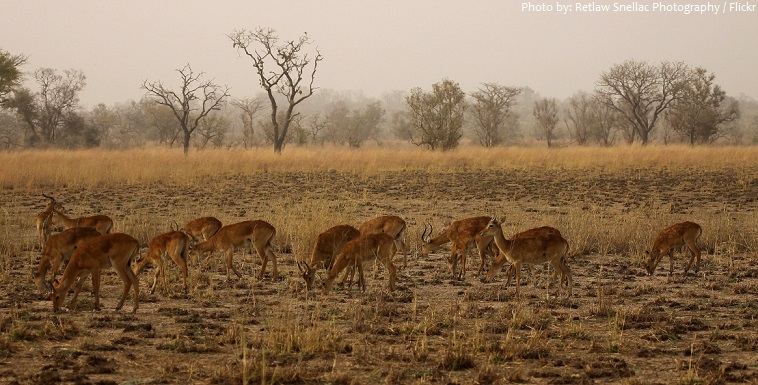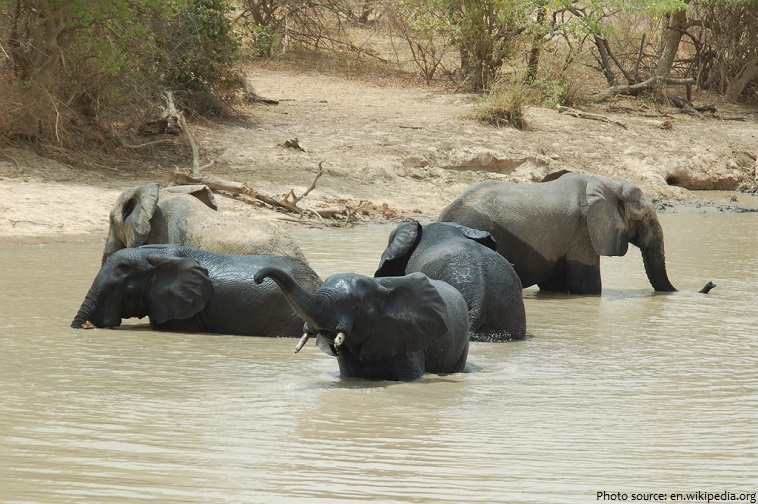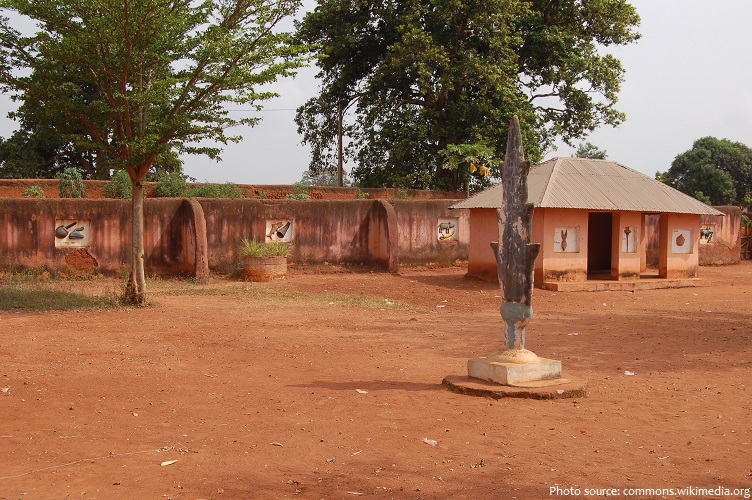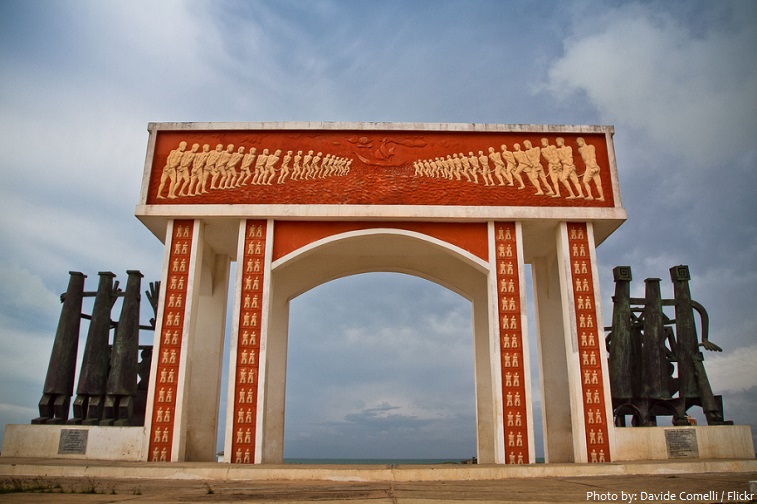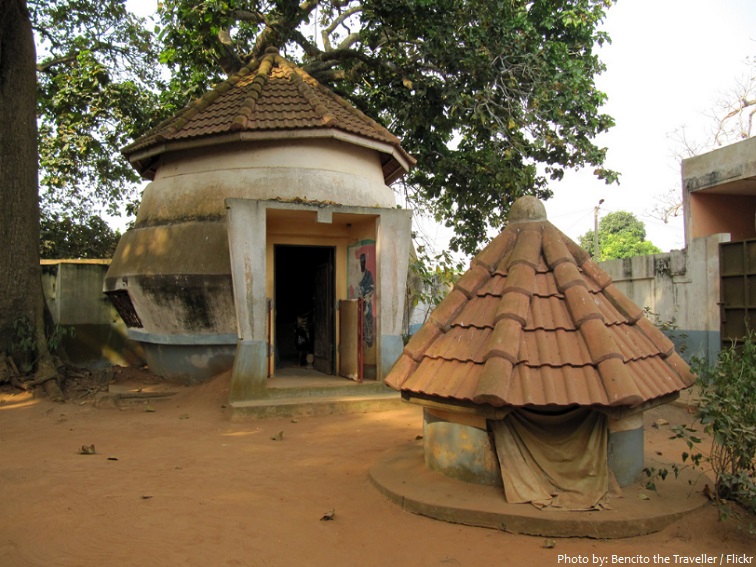Benin is a country in West Africa.
The official name of the country is the Republic of Benin.
It is bordered by Togo to the west, Nigeria to the east, and Burkina Faso and Niger to the north, and the Atlantic Ocean to the south.
The official language is French. However, indigenous languages such as Fon and Yoruba are commonly spoken.
As of 1 January 2017, the population of Benin was estimated to be 11,324,032 people.
It is the 100th largest country in the world in terms of land area with 114,763 square kilometers (44,310 square miles).
Porto-Novo is the capital of Benin. It was originally developed as a port for the slave trade, an important part of many European Empires at the time including the Portuguese Empire.
The terrain is mostly flat to undulating plain with some hills and low mountains.
Mont Sokbaro is the highest point of Benin, with an altitude of 658 metres (2,159 feet). It is located on the border between Benin and Togo, part of the Atakora Mountains.
Benin has fields of lying fallow, mangroves, and remnants of large sacred forests. In the rest of the country, the savanna is covered with thorny scrubs and dotted with huge baobab trees.
Benin has 121 kilometers (75 miles) of coastline.
Beaches in Benin offer soft sand and relaxing climate to the tourists. Cotonou Beaches are one of the Benin best beaches.
There are two national parks in Benin: the Pendjari National Park and W National Park.
The Pendjari National Park lies in north western Benin, adjoining the Arli National Park in Burkina Faso. Named for the Pendjari River, the national park is known for its wildlife and is home to some of the last populations of big game like elephants, West African lions, hippopotamuses, buffalo and various antelopes in West Africa. The park is also famous for its richness in birds.
The W National Park is a major national park in West Africa around a meander in the River Niger shaped like a “W”. The park includes areas of the three countries Niger, Benin and Burkina Faso, and is governed by the three governments. The park is known for its large mammals, including aardvarks, baboons, buffalo, caracal, cheetahs, elephants, hippopotami, African leopards, West African lions, serval and warthogs.
The Royal Palaces of Abomey are 12 palaces spread over a 40 hectares (99 acres) area at the heart of the Abomey town in Benin, formerly the capital of the West African Kingdom of Dahomey. The palaces was inscribed as a World Heritage Site by UNESCO in 1985.
The Route d’Esclaves, or the Slave Route is a 4-kilometer (2.5-mile) stretch of heritage road that is the last piece of African soil slaves from Benin touched before they were shipped to the Caribbean and Americas. The route has numerous statues and monuments, including the Door of No Return, a memorial arch.
In most parts of the world snakes are feared, but in Benin they are revered. Royal pythons are worshiped in Benin, especially in Ouidah. The good news is that royal pythons are not dangerous, but the bad news is that these sacred reptiles are welcome Beninese households where they are fed when the doors of the temple are opened at night. There is no fear when the locals welcome these slithering pythons into their living rooms like an honoured guest.
The Temple of Pythons is a small room of 12 square meters (130 square feet) that houses 50 adult royal pythons.
Although the exact origins of Voodoo are unknown, it is generally agreed that this religion has its roots in West Africa. Modern day Benin is regarded as the birth place of this religion, and the name ‘Voodoo’ itself means ‘spirit’ in the local Fon language.
Voodoo is officially a state religion since 1996, it is practiced by 17% of the population, with many outside of the religion professing a cultural link to some of its rituals.
The largest religious group in Benin is Roman Catholicism, followed closely by Islam, Voodoo and
Protestantism.
Benin was the seat of one of the great medieval African kingdoms called Dahomey.
Europeans began arriving in the area in the 18th century, as the kingdom of Dahomey was expanding its territory. The Portuguese, the French, and the Dutch established trading posts along the coast (Porto-Novo, Ouidah, Cotonou), and traded weapons for slaves.
After slavery was abolished, France took over the country and renamed it French Dahomey.
In 1960, Dahomey gained full independence from France, and had a tumultuous period with many different democratic governments, military coups and military governments.
On 30 November 1975 it was renamed to Benin, after the body of water on which the country lies—the Bight of Benin—which, in turn, had been named after the Benin Empire (nowadays Nigeria).
A Marxist–Leninist state called the People’s Republic of Benin existed between 1975 and 1990.
Today Benin is one of Africa’s most stable democracies.
While the country has experienced economic growth over the past few years and is one of Africa’s largest cotton producers, it ranks among the world’s poorest countries.
